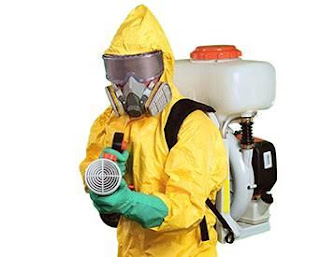Lens Rentals
If cleaning products and medical equipment surfaces aren't in sync, healthcare facilities can incur costly repairs or replacements. The goal is to have the water hot enough to facilitate cleaning without putting employees at risk. VHP sterilization has a low cycle time, which results in having the capability to sterilize high volume batches of equipment.
13. Cont… 6. If using a 1‐Step disinfecting equipment ‐Disinfecting Solution a separate cleaning step is not necessary unless the surfaces are visibly soiled. For this reason, noncritical medical equipment surfaces should be disinfected with an EPA-registered low- or intermediate-level disinfectant. One must decide material to use to clean the toilet seat (e.g. microfiber or cotton cloth), which liquid agent to use (e.g. a detergent or a disinfectant and, if a disinfectant, which one), and the ideal frequency of the cleaning and disinfection (e.g. daily, after each use, or both).
Disinfectant fogging is rarely, if ever, used in U.S. healthcare facilities for air and surface disinfection in patient-care areas. Medical equipment surfaces (e.g., blood pressure cuffs, stethoscopes, hemodialysis machines, and X-ray machines) can become contaminated with infectious agents and contribute to the spread of health-care-associated infections 248, 375.
Chlorine solutions are effective against spores, but have a strong odor, leave residues, and may damage certain environmental surfaces. While the science of cleaning and disinfecting agents and equipment has evolved immensely in the last few decades, the education of cleaning personnel and their integration into healthcare worker teams has not. C. difficile-associated diarrhea rates were shown to have decreased markedly in a bone-marrow transplant unit (from 8.6 to 3.3 cases per 1,000 patient-days) during a period of bleach disinfection (1:10 dilution) of environmental surfaces compared with cleaning with a quaternary ammonium compound.
One multistate investigation found that 23.9% of the bacterial cultures from the internal channels of 71 gastrointestinal endoscopes grew ³100,000 colonies of bacteria after completion of all disinfection and sterilization procedures (nine of 25 facilities were using a product that has been removed from the marketplace six facilities using 1:16 glutaraldehyde phenate, is not FDA-cleared as a high-level disinfectant an iodophor or no disinfecting agent) and before use on the next patient.129 The incidence of postendoscopic procedure infections from an improperly processed endoscope has not been rigorously assessed.

Comments
Post a Comment